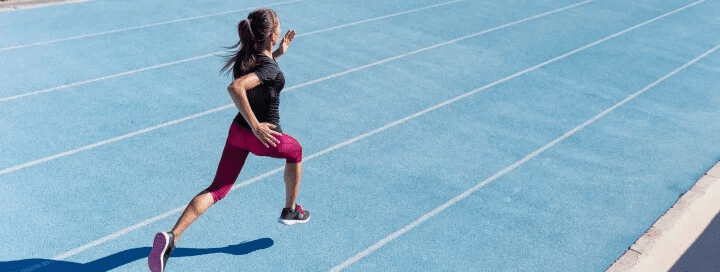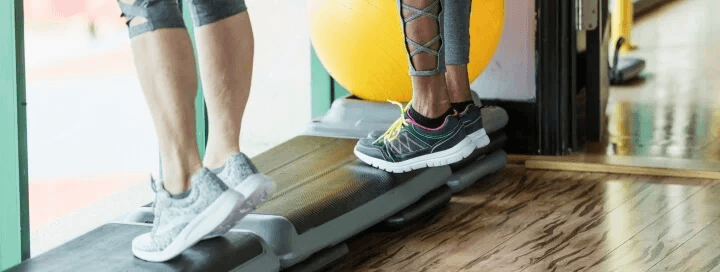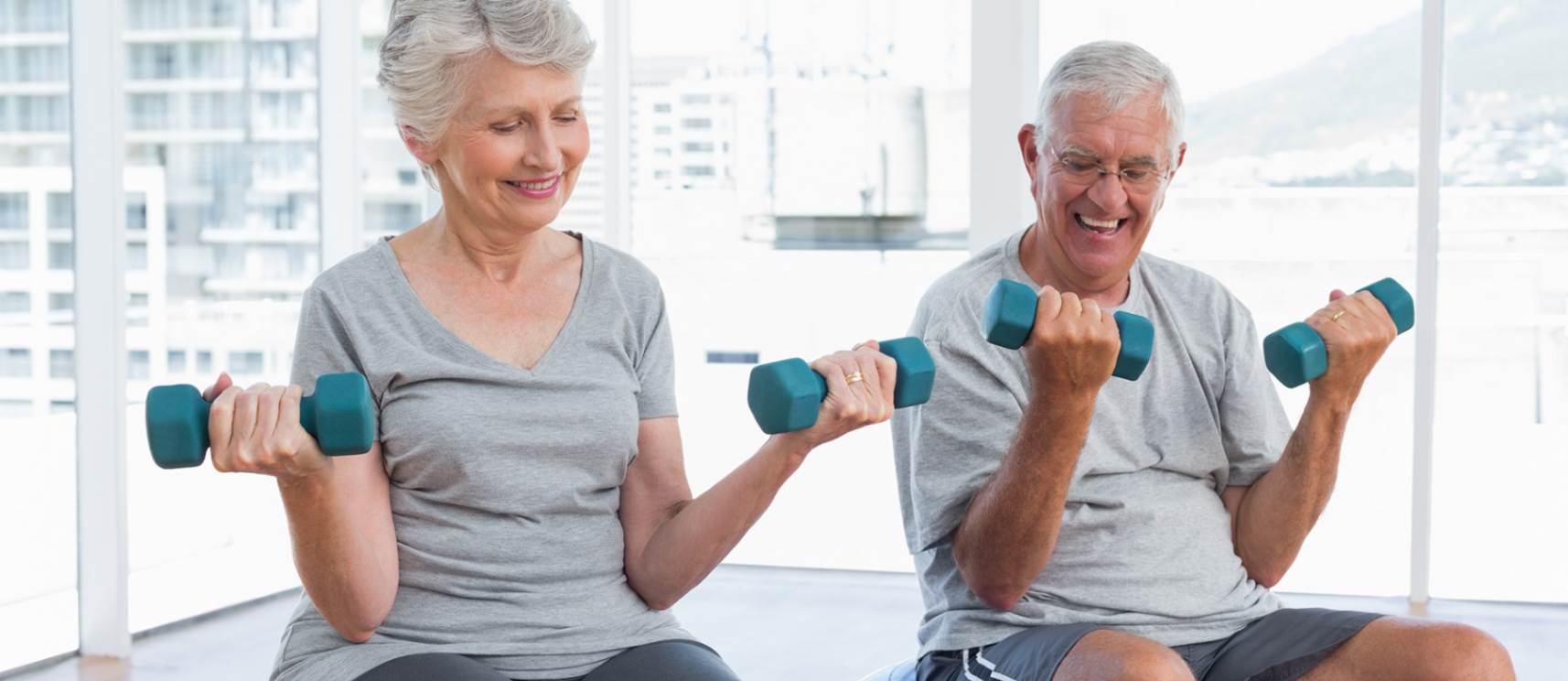Our calf muscles play a crucial role in various movements such as running, walking, and jumping. These muscles are responsible for pulling the heel upwards to enable forward movement. Therefore, it’s important to understand the significance of calf strength and how it can positively impact your overall performance and well-being.
In this guide, we’ll explore how strong calf muscles can elevate your fitness and training. Keep reading to find out some of the best (and simplest) calf muscle exercises for stronger and highly functional calves that will provide incredible benefits in your training or sport.
At Coast Sport, we understand knowledge is power. So to help lift the lid on why calf strength matters, here’s all you need to know about them.
Understanding the Calf Muscle
The calf muscle is composed of two distinct muscles: the gastrocnemius and the soleus. The gastrocnemius is the larger muscle, visible beneath the skin, while the soleus is a smaller muscle that lies beneath the gastrocnemius. These muscles taper into the Achilles tendon, which inserts into the heel bone (calcaneus). Together, these muscles enable essential movements and provide stability to the ankle joint.
Why Should You Prioritise Calf Strengthening?
Strengthening your calves can have a multitude of benefits including improved ankle strength and stability, enhanced running and sprinting performance, and reduced risk of injuries. Neglecting calf strengthening exercises can have detrimental effects on your overall fitness and well-being.

Positive Impacts of Stronger Calves
So how important is strengthening your calves? Think about how much movement your calves are involved in, whether it be during exercise or just on a day-to-day basis. Strengthening your calves can have a positive impact on a number of things, including:
Ankle Strength and Stability
The calf muscles are directly involved in plantar flexion of the foot at the ankle joint. By improving calf strength, you can enhance the ability of your ankle to handle load and stabilise during running and other movements.
Strengthening your calves can also help prevent ankle sprains and other ankle-related injuries, improve the ability of your ankle to handle load, and help to stabilise during running-based movements.
This is particularly beneficial in sports like netball, which involves high-impact and twisting movements that can put great strain on the ankles. Improving calf strength assists in ankle strength, which can help to prevent injuries like ankle sprains in netball and other sports.
Running and Sprinting Performance
During running and sprinting, the calves play a critical role in providing the final push needed to propel your body upward and forward. Strong calf muscles facilitate better running mechanics, leading to improved speed and endurance.
Additionally, maintaining strong calves can help to prevent calf pain and fatigue, common complaints among runners — so keeping your calves in strong condition is a must to help you run at your best. The severity of injuries common in running can also be greatly reduced by keeping up regular calf strength training.
Injury Prevention
Weak or tight calves can make you more susceptible to a range of injuries, including shin splints. By regularly engaging in calf strengthening exercises, along with appropriate stretching and foam rolling techniques, you can maintain good calf health and minimise the risk of injuries.
Strengthening your calves helps to support and stabilise the surrounding muscles and tendons, promoting overall lower-leg health.
What Can Happen if You Neglect Calf Strengthening?
Neglecting calf-strengthening exercises can have negative consequences on your overall fitness and performance. Weak calf muscles may limit your ability to perform daily activities, affect your balance and stability, and increase the risk of ankle and lower-leg injuries. It is important to include calf-strengthening exercises in your fitness routine to maintain optimal calf strength and function.
Strong calf muscles not only support daily activities but also improve performance in various sports and physical pursuits. Whether you are a runner, a basketball player, or simply someone who wants to maintain a healthy and active lifestyle, prioritising calf strength can enhance your ability to perform at your best and reduce the risk of chronic pain or injuries.
How to Stretch Calf Muscles?
Proper stretching is essential to maintain the flexibility and mobility of your calf muscles. It’s also important to include a good mix of static and dynamic stretches into your routine. Here are some effective calf muscle stretches to try at home, at the gym, or at your next Coast Sport appointment:
- Standing Calf Stretch: Stand facing a wall with one leg in front of the other. Lean forward, resting your hands on the wall, and keep the back leg straight while bending the front knee. You should feel a stretch in your back calf muscle. Hold for 30 seconds on each leg.
- Seated Calf Stretch: Sit on the floor with your legs extended in front of you. Loop a towel or resistance band around the ball of your foot and gently pull it towards you, keeping your leg straight. This stretch targets the deeper soleus muscle. Hold for 30 seconds on each leg.
- Downward Dog: Begin in a push-up position and then push your hips up towards the ceiling, forming an inverted V-shape with your body. Press your heels towards the ground to feel a stretch in your calf muscles. Hold for 30 seconds.
Remember to perform these stretches after a workout or when your muscles are warm to maximise their effectiveness.

What Are the Best Exercises to Build Stronger Calves?
To build stronger calf muscles, incorporate the following exercises into your workout routine:
- Calf Raises: Stand with feet shoulder-width apart and rise up onto your toes, lifting your heels off the ground. Slowly lower your heels back down to the starting position. Perform 3 sets of 15-20 repetitions.
- Skipping Rope: Jumping rope is a dynamic exercise that engages the calf muscles. Start with shorter intervals and gradually increase the duration as your calf strength improves. Aim for 5-10 minutes of continuous skipping.
- Box Jumps: Stand in front of a sturdy box or platform. Bend your knees and jump explosively, landing softly on top of the box. Step down and repeat for 3 sets of 10-12 jumps.
- Seated Calf Raises: Sit on a chair or bench with a weight resting on your knees (such as a dumbbell or weighted bar). Raise your heels off the ground by pushing with your calves, then lower back down. Perform 3 sets of 15-20 repetitions.
Remember to start with lighter weights or modifications if you are new to calf strengthening exercises and gradually progress as your strength improves. Seek professional guidance if needed to ensure proper form and technique.
It’s clear that calf strength plays a crucial role in various movements, stability, and injury prevention. Prioritising calf strengthening exercises and regular stretching can positively impact your overall performance and reduce the risk of injuries. Incorporate the recommended stretches and exercises into your fitness routine to unlock the power of strong calves.
Book an appointment at Coast Sport by calling 4356 2588 or book online via the button below.
Disclaimer: The content on this website is for informational purposes only. Do not rely on or act upon information from www.coastsport.com.au without seeking professional medical advice. Do not delay seeing a doctor if you think you have a medical problem or injury.




 Helping the Central Coast Feel Well, Move Well and Perform Well!
Helping the Central Coast Feel Well, Move Well and Perform Well!